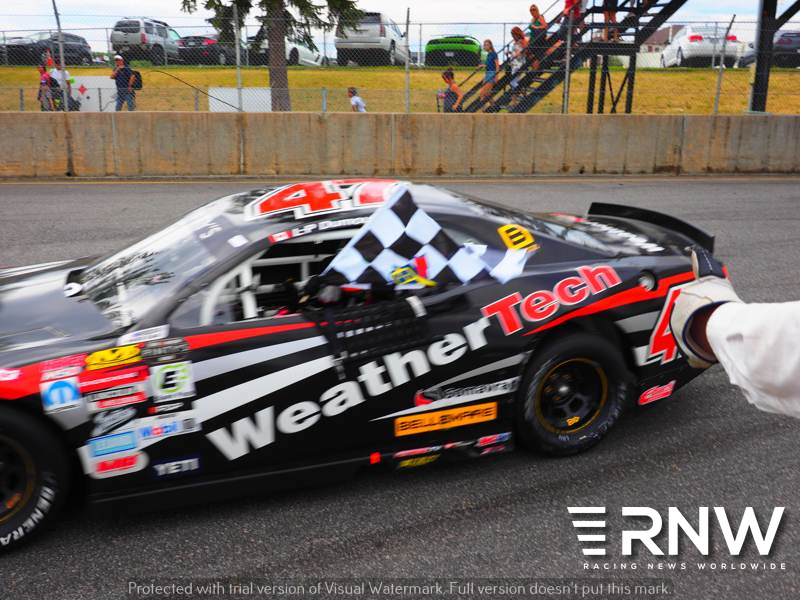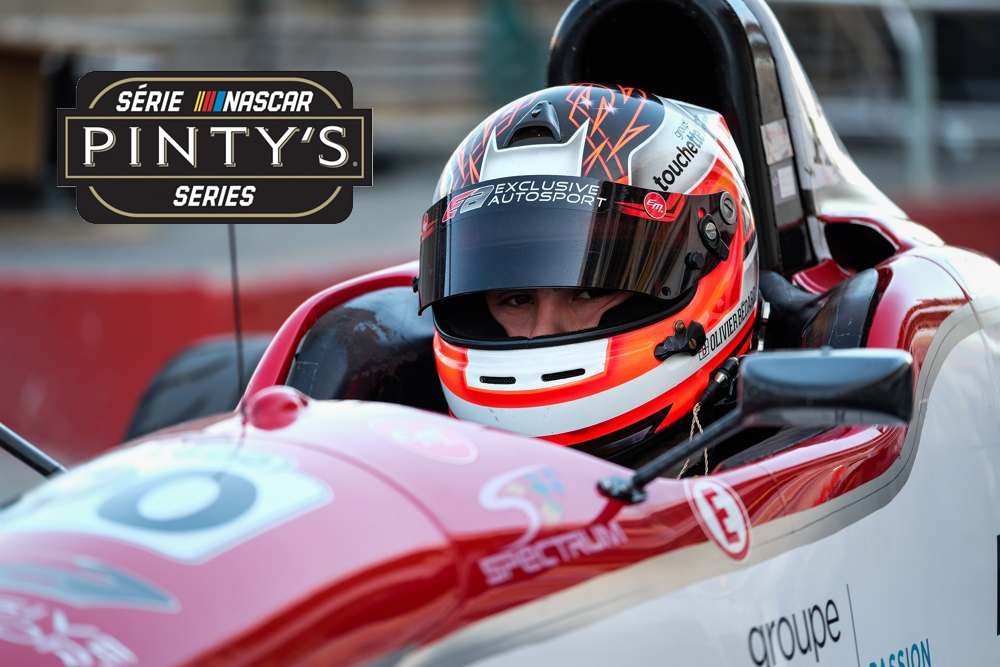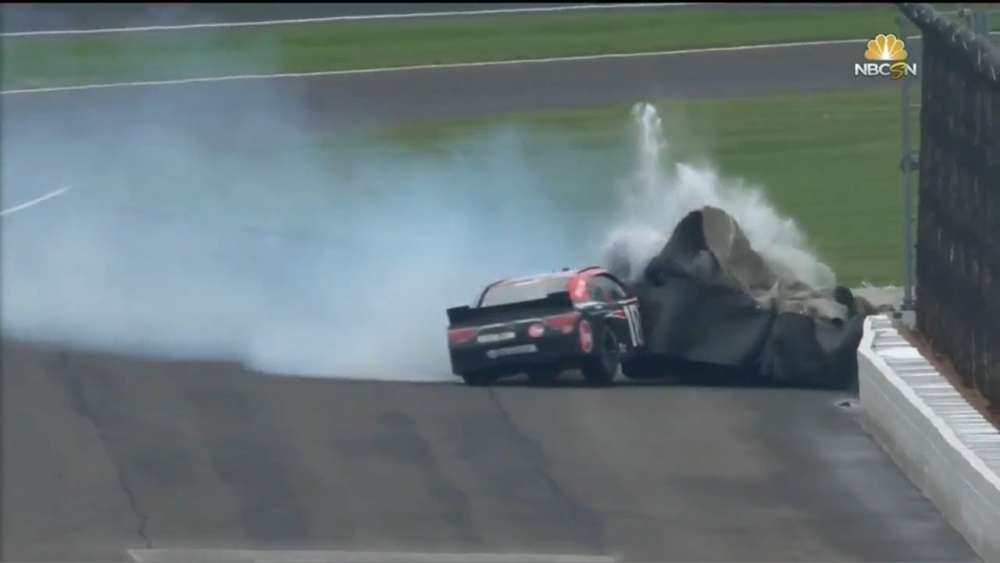Analysis: Taking a deep dive on Harvick’s elite speed, historic production

By David Smith
NASCAR.com
March 14, 2018
at 1:40 pm
This time last season Kevin Harvick didn’t have a top-five finish to his name. Was this just an unfortunate spell? Was he too old? Had he lost his touch?
Early returns in 2018 suggest Harvick’s sluggish start last season — his first race win came in late June at Sonoma — was a mere aberration. He now is the winner of the last three Monster Energy NASCAR Cup Series races, and four of the previous seven dating back to last season.
What changed? If performance equals behavior plus capability, his race cars are fulfilling their half of the equation.
When Stewart-Haas Racing switched from Chevrolet to Ford prior to last season, the four-car organization forfeited valuable proprietary intel that helped produce the fastest car in the Monster Energy NASCAR Cup Series each year from 2014 through 2016, according to timing and scoring data supplied to NASCAR.com.
RELATED: Drivers with four consecutive wins
The timing of the transition was a risk; Harvick, entering his age-41 season, didn’t have many viable years of elite driving production left, so says history. Wasting what potentially could’ve been the final title-worthy season in a Hall-of-Fame career was a gamble Stewart-Haas thought necessary for the long term.
The organization spent the better part of 2017 experimenting and collecting notes on how to conjure transcendent speed out of Fords, finally hitting on the winning combination in the October race at Charlotte Motor Speedway, wherein the No. 4 led 149 laps and finished third while recording the fastest average green-flag speed in the event. It ranked the fastest in ensuing races at Talladega and Kansas before ranking second in speed at Texas, the site of Harvick’s first oval-track win of the season. In all, Harvick’s No. 4 ranked as the fastest car during the 2017 playoffs, a notion overshadowed by Martin Truex Jr.’s dominant title run.
Without the need for assimilation, Stewart-Haas entered 2018 with all the pertinent notes on how to go fast. Harvick’s Ford ranked as the fastest in Atlanta and Las Vegas and was second fastest at ISM Raceway near Phoenix, per MotorsportsAnalytics.com. Omitting Daytona, his machine is the fastest overall between the green and checkered flags and the fastest by a wide margin in the fourth, deciding quarter of races.
And Stewart-Haas’ speed isn’t exclusive to Harvick.
Kurt Busch’s No. 41 Ford ranks as the fastest in the series with Daytona included. Combined, Harvick and Busch have collected five of eight possible Stage 1 and Stage 2 wins this season, plus Harvick’s three wins. Minus Daytona, Stewart-Haas boasts three of the seven fastest cars in the series, including Busch (fifth) and Clint Bowyer (seventh), currently the only organization with multiple entries in that elite rank. Aric Almirola’s No. 10 Ford ranks 11th in overall speed, up from 25th last year.
This kind of speed is a boon to Harvick. His frequency of converting a race’s best speed to victory, 14 wins in 41 tries for a rate of 34.1 percent, falls below the 40.5 percent series average over the last 13 years; however, more chances with the fastest car signify more opportunities to win. Thus far in 2018, Harvick, with two wins in two races having the weekend’s speediest entry at his disposal, is punching above his weight class.
This output comes despite some poorer-than-usual restarting numbers across his seven-race run. Harvick, who ranked as a top-two restarter from the non-preferred groove in 2015 and 2016, was more than 10 percent worse than the series-wide average of retaining a position from the non-preferred groove dating back to the Texas race last November. Speed has a way of negating deficiencies. Even while slipping in a statistical category that has in the past rewarded him, Harvick appears impervious.
MORE: Stewart says SHR never been better
Stewart-Haas heads to Auto Club Speedway this weekend now with enviable speed on a track type that suited the organization well last season during the manufacturer transition. Bowyer’s No. 14 Ford ranked third in average green-flag speed at Auto Club and Michigan (2 miles), Pocono and Indianapolis (2.5 miles); Harvick’s ranked sixth. The kind of competitive speed the organization lacked last year is something it now has in spades, suggesting all four drivers should be circled as fantasy picks this Sunday in California. In the case of Harvick specifically, his roll is poised to continue for at least another week.
Harvick’s dominance might be the marquee story in NASCAR right now, but it’s simply a product of Stewart-Haas’ gambit made good. The organization on the whole is producing the fastest race cars, and having the fastest car is a zero-sum game.
David Smith is the Founder of MotorsportsAnalytics.com. Follow him on Twitter at @DavidSmithMA.
Source: https://www.nascar.com






















